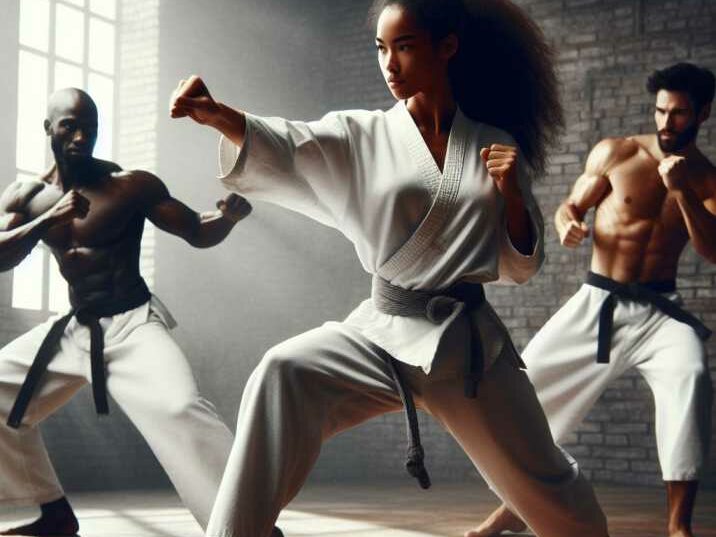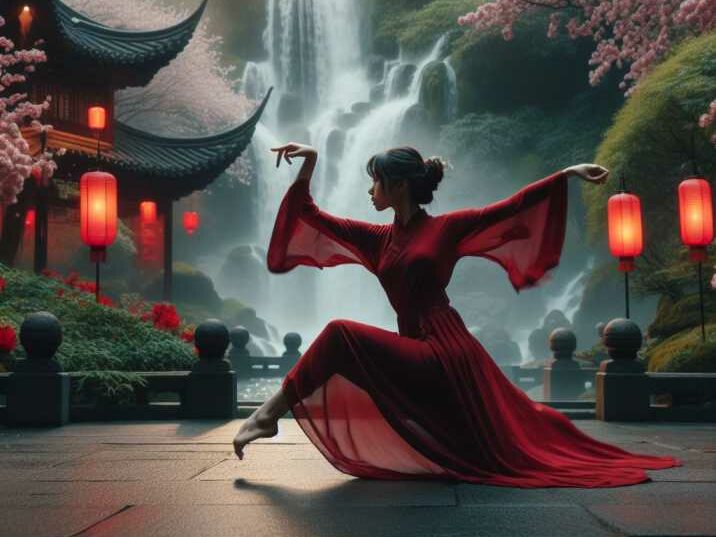Introduction:
Table of Contents
Kung Fu, the ancient Chinese martial art, is as diverse as it is profound. Its history spans centuries, with each style reflecting unique philosophies and techniques. Among the many branches of Kung Fu, some stand out for their emulation of animals. These styles, known for their grace, power, and agility, offer practitioners a deeper connection to nature and its wisdom. In this article, we delve into the world of Kung Fu animal mimicry, exploring five famous Kung Fu styles inspired by animal mimicry.
Kung Fu Styles Inspired by Animal Mimicry
Tiger Style:
The Tiger Style of Kung Fu, inspired by the mighty tiger, emphasizes raw strength, power, and ferocity. Practitioners mimic the movements and spirit of the tiger, executing powerful strikes and aggressive techniques. This style is renowned for its effectiveness in close combat situations, making it a favorite among martial artists seeking dominance in battle.

Crane Style:
The Crane Style of Kung Fu draws inspiration from the elegant crane, embodying grace, elegance, and precision. Practitioners emulate the bird’s fluid movements and sharp strikes, focusing on balance and control. Crane Style is often associated with defense and counter-attacks, relying on evasive maneuvers to outwit opponents.

Snake Style:
The Snake Style of Kung Fu mirrors the sinuous movements of the snake, emphasizing flexibility, fluidity, and precision. Practitioners execute rapid strikes and intricate grappling techniques, utilizing the body’s natural leverage and dexterity. Snake Style is known for its deceptive movements and quick strikes, making it a formidable choice for close-quarter combat.
Monkey Style:
The Monkey Style of Kung Fu mimics the agile and playful nature of the monkey, focusing on agility, creativity, and playfulness. Practitioners employ acrobatic maneuvers and unpredictable strikes, keeping opponents off balance. Monkey Style emphasizes adaptability and improvisation, making it a dynamic and entertaining form of martial art.
Dragon Style:
The Dragon Style of Kung Fu embodies the mythical dragon’s qualities of fluidity, ferocity, and balance. Practitioners move with grace and power, executing sweeping techniques and circular movements. Dragon Style emphasizes control of energy and breath, fostering a sense of harmony between body and mind.
Table of Information:
| Kung Fu Style | Animal Inspiration | Characteristics |
|---|---|---|
| Tiger Style | Tiger | Strength, Power, Ferocity |
| Crane Style | Crane | Grace, Elegance, Precision |
| Snake Style | Snake | Flexibility, Fluidity, Precision |
| Monkey Style | Monkey | Agility, Creativity, Playfulness |
| Dragon Style | Dragon | Fluidity, Ferocity, Balance |
Conclusion:
Exploring the world of Kung Fu Styles inspired by animal mimicry unveils a tapestry of traditions, philosophies, and techniques. From the raw power of the Tiger Style to the graceful elegance of the Crane Style, each form offers a unique perspective on martial arts and its connection to the natural world. Whether seeking strength, agility, or spiritual enlightenment, practitioners of Kung Fu find inspiration in the timeless wisdom of the animal kingdom.
FAQs:
- Q: What is Kung Fu? A: Kung Fu is a traditional Chinese martial art encompassing a wide range of fighting styles and techniques.
- Q: How do Kung Fu Styles Inspired by Animal Mimicry? A: Kung Fu styles mimic animals by emulating their movements, characteristics, and spirit in combat techniques.
- Q: Are Kung Fu styles effective for self-defense? A: Yes, many Kung Fu styles are effective for self-defense, emphasizing practical techniques and situational awareness.
- Q: Can anyone learn Kung Fu? A: Yes, Kung Fu is accessible to people of all ages and fitness levels, with training tailored to individual abilities.
- Q: What are the benefits of practicing Kung Fu? A: Practicing Kung Fu offers numerous benefits, including improved physical fitness, mental discipline, and self-confidence.
- Q: How long does it take to master a Kung Fu style? A: The time it takes to master a Kung Fu style varies depending on factors such as dedication, practice frequency, and individual aptitude. Generally, it may take several years of consistent training to achieve proficiency.


